Chuou ward, Tokyo東京都中央区
Living in Chuou Ward, Tokyo
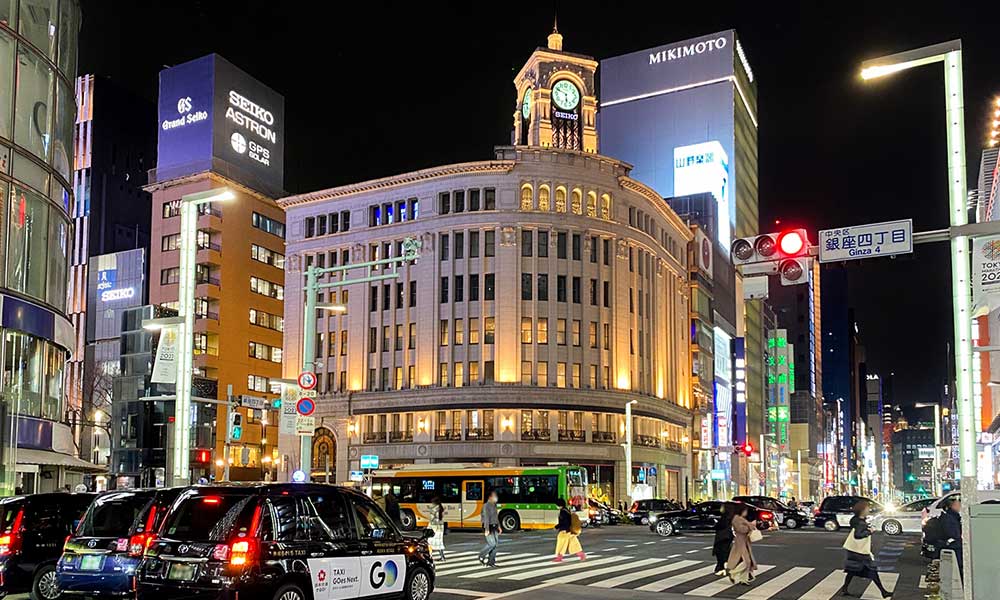
We have Summarized the livability of Chuou Ward, Tokyo.
23 WARD AREA23区地域
-
- CHIYODA WARD 千代田区
-
- CHUOU WARD 中央区
-
- MINATO WARD 港区
-
- SHINJYUKU WARD 新宿区
-
- BUNKYO WARD 文京区
-
- TAITO WARD 台東区
-
- SUMIDA WARD 墨田区
-
- KOTO WARD 江東区
-
- SHINAGAWA WARD 品川区
-
- MEGURO WARD 目黒区
-
- OTA WARD 大田区
-
- SETAGAYA WARD 世田谷区
-
- SHIBUYA WARD 渋谷区
-
- NAKANO WARD 中野区
-
- SUGINAMI WARD 杉並区
-
- TOSHIMA WARD 豊島区
-
- KITA WARD 北区
-
- ARAKAWA WARD 荒川区
-
- ITABASHI WARD 板橋区
-
- NERIMA WARD 練馬区
-
- ADACHI WARD 足立区
-
- KATSUSHIKA WARD 葛飾区
-
- EDOGAWA WARD 江戸川区
CONTENTS
- What kind of place is Chuou Ward, Tokyo?
- Chuou WardPR video
- How is the traffic situation in Chuou Ward?
- How are the rent and land prices in Chuou Ward?
- How is childcare and education in Chuou Ward?
- How about shopping in Chuou Ward?
- How about jobs and recruitment in Chuou Ward?
- Chuou Ward’s unique subsidy/subsidy system
What kind of place is Chuou Ward, Tokyo?
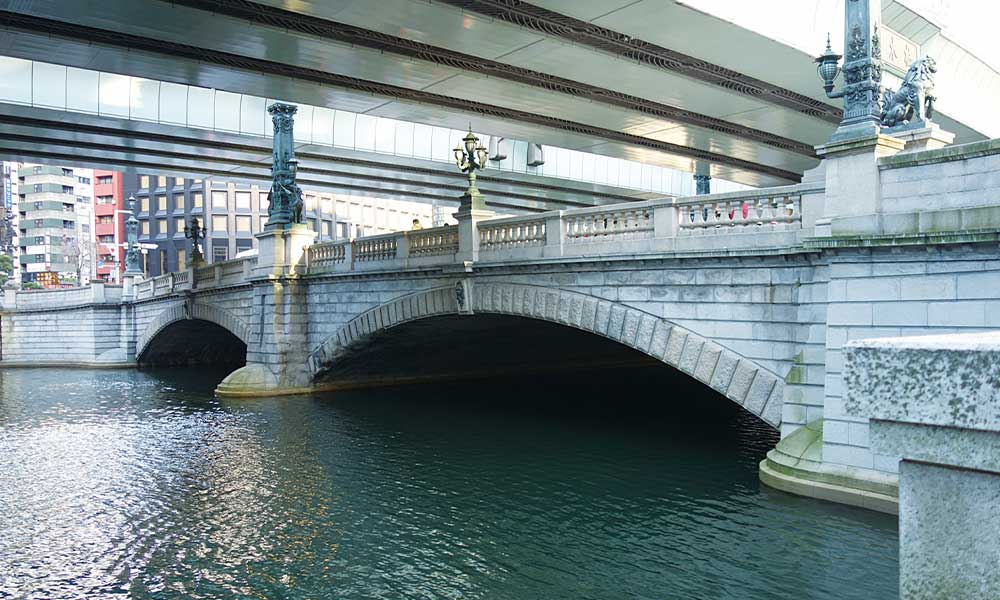
Chuo Ward is a popular area with many tower apartments.
Chuo Ward is located almost in the center of Tokyo’s 23 wards, with an area of approximately 10.1 square kilometers.
It is bordered by Chiyoda Ward and Sumida Ward to the north, Koto Ward and Tokyo Bay to the east and south, and Minato Ward to the west.
It has a population of approximately 174,000 and approximately 98,000 households. (As of January 2023)
It was created in 1947 by the merger of the former Nihonbashi Ward and Kyobashi Ward.
It was named “Chuo Ward” because it is located in the center of Tokyo’s wards and is the center of its economy and culture.
For over 400 years since the Edo period, it has flourished around Nihonbashi and developed as a city that is the center of culture, industry, and economy.
The west side of Chuo Ward is an area that has flourished as a castle town since the Edo period, including Nihonbashi and Kyobashi, and the east side is formed by Tsukishima and Harumi, which were created by land reclamation after the Meiji period.
The Nihonbashi area is a region that is developing as a center of economy and tourism, with many attractions, including Nihonbashi, the starting point of the Edo Five Highways, Mitsukoshi Nihonbashi Main Branch, a department store with over 350 years of history since the Edo period as Echigoya, and the Bank of Japan, Japan’s central bank.
The Ginza-Kyobashi area, Ginza, with its department stores, luxury brand streets, and restaurants, Kabukiza, a theater dedicated to Kabuki that has been in operation since 1889, and Tsukiji Honganji, a nationally famous temple, are not only great places to shop, but also many historic buildings.
The Tsukishima-Harumi area was reclaimed after the Meiji era, and is a notable area where the population has been rapidly increasing in recent years, with tower apartments being built one after another in Tsukishima, famous for Monja Street, and in recent years, the waterfront areas such as Harumi, where the 2020 Tokyo Olympic Village will be built.
PR video of Chuou Ward, Tokyo
Hello, this is Chuo Ward.
Chuo Ward Tourism Promotion Video
How is the traffic situation in Chuou Ward?
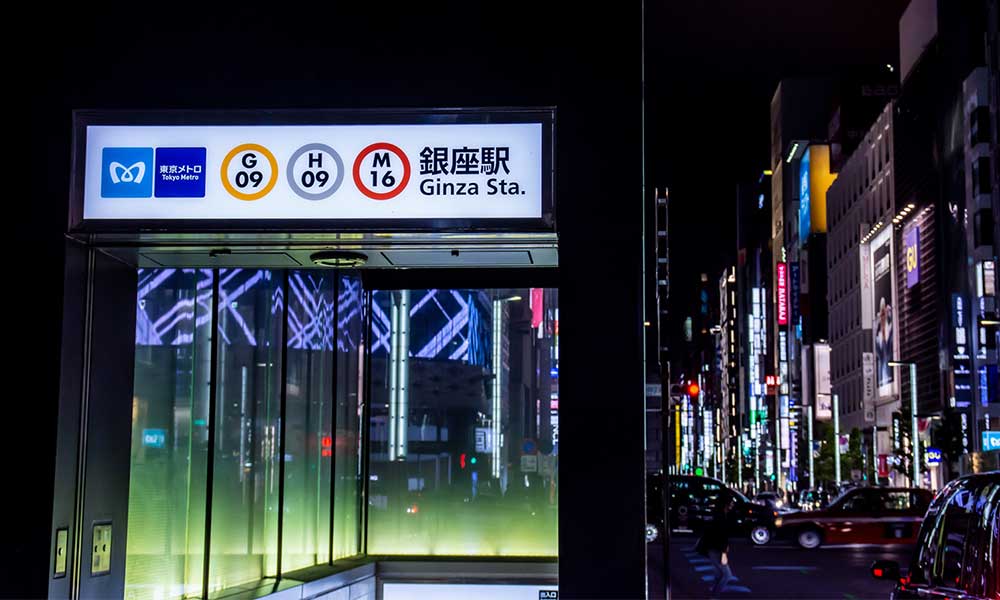
There are 11 lines and 22 stations that pass through Chuo Ward.
| Kayabacho Station | Tokyo Metro Hibiya Line・Tokyo Metro Tozai Line |
| Higashi Ginza Station | Tokyo Metro Hibiya Line・Toei Asakusa Line |
| Tsukishima Station | Tokyo Metro Yurakucho Line・Toei Oedo Line |
| Nihonbashi Station | Tokyo Metro Ginza Line・Tokyo Metro Tozai Line・Toei Asakusa Line |
| Ginza Station | Tokyo Metro Ginza Line・Tokyo Metro Marunouchi Line・Tokyo Metro Hibiya Line |
| Mitsukoshimae Station | Tokyo Metro Ginza Line・Tokyo Metro Hanzomon Line |
| Ningyocho Station | Tokyo Metro Hibiya Line・Toei Asakusa Line |
| Suitengumae Station | Tokyo Metro Hanzomon Line |
| Hatchobori Station | JR Keiyo Line・Tokyo Metro Hibiya Line |
| Tsukiji Market Station | Toei Oedo Line |
| Bakuroyokoyama Station | Toei Shinjuku Line |
| Hamacho Station | Toei Shinjuku Line |
| Shin-Nihonbashi Station | JR Sobu Line |
| Kachidoki Station | Toei Oedo Line |
| Shintomicho Station | Tokyo Metro Yurakucho Line |
| Bakurocho Station | JR Sobu Line |
| Ginza 1-Chome Station | Tokyo Metro Yurakucho Line |
| Kyobashi Station | Tokyo Metro Ginza Line |
| Higashi-Nihonbashi Station | Toei Asakusa Line |
| Takaramachi Station | Toei Asakusa Line |
| Tsukiji Station | Tokyo Metro Hibiya Line |
| Kodenmacho Station | Tokyo Metro Hibiya Line |
The bus routes that run within Chuo Ward are Toei Bus and Keisei Bus.
The bus called “Metrolink Nihonbashi” operated by Hinomaru Jidosha Kogyo is a free bus that travels around the major companies and facilities in the ward, making it a useful means of transportation for shopping and business.
The “Edo Bus” operated by Hitachi Jidosha Kotsu is available for 100 yen for adults and children (free for preschoolers), and is a convenient bus that starts from the Chuo Ward Office and goes around Yaesu and Nihonbashi.
In addition, the “Harumi Liner” also operates, connecting the waterfront area with major stations such as Tokyo Station.
Another transportation unique to this area is the water bus.
The “Tokyo Cruise” operated by Tokyo Tourist Cruises departs and arrives at Hama-rikyu in the ward, and is ideal for sightseeing as it can take you to Hinode Pier, Asakusa, and Odaiba Seaside Park.
Roads that run through Chuo Ward include National Route 6, which starts at Nihonbashi and stretches towards Chiba and Fukushima prefectures, National Route 17, which runs through Niigata prefecture, and National Route 20, which stretches towards Kanagawa and Yamanashi prefectures.
There are 13 interchanges on the expressway.
There are also plenty of highway entrances that provide access to various destinations, making the area extremely convenient for travel by car.
There are many means of transportation available, including trains, subways, local buses, and express buses, making it extremely convenient to travel in any direction.
Parking for a car is very expensive and maintenance costs are quite high.
How are the rent and land prices in Chuou Ward?
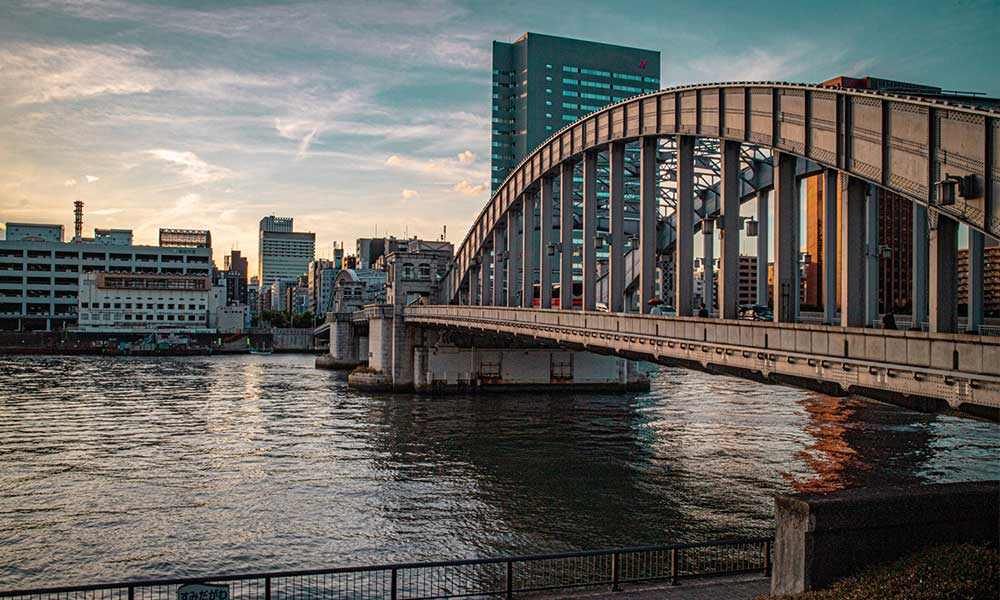
Chuo Ward: A high-rise apartment area lined with billion-yen apartments
According to information from a real estate information site, the average rent in the ward is about 115,000 yen for a 1K and about 203,000 yen for a 2DK in a newly built apartment within a 10-minute walk from the station.
The average land price is about 17.61 million yen per tsubo.
By area, the Ginza area is the most expensive at about 92.61 million yen per tsubo, followed by the Yaesu area and the Kyobashi area.
This is the area with the highest land prices in Tokyo, and it is quite difficult to purchase new land or a detached house.
The average price of a newly built apartment is 80.81 million yen, the average area is 69.59 m2, and the average price per tsubo is 3.839 million yen per tsubo. (As of 2018-2022)
For family types, this is an area where many properties require more than 100 million yen. High-rise apartments are increasing, especially in waterfront areas such as the Harumi area, and it is possible to live in a room with a good view over the sea.
How is childcare and education in Chuou Ward?
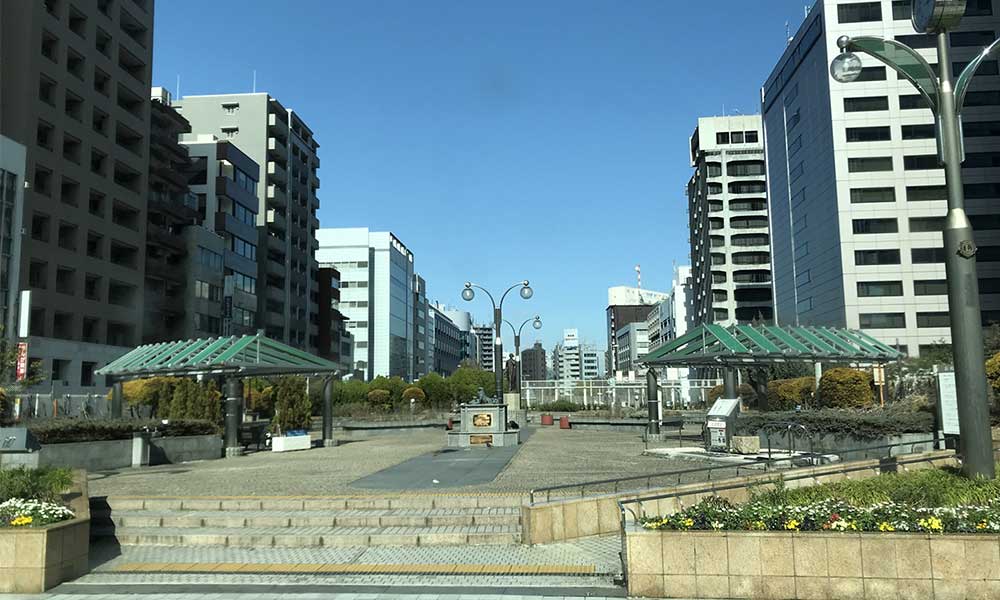
Chuo Ward: an excellent place to raise children and provides generous support
Chuo Ward has 27 nursery schools, 13 kindergartens, 15 elementary schools, 5 junior high schools, 2 high schools, 5 universities, and 4 vocational schools.
The “Children’s Medical Expense Subsidy” covers children up to 18 years old (as of March 31st after they reach 18 years old) for both outpatient and inpatient care, and fully subsidizes the cost.
Child allowances include 15,000 yen for children under 3 years old, 10,000 yen for the first and second child for those 3 years old or older but not yet entering elementary school, 15,000 yen for the third child and onwards, and 10,000 yen for junior high school students.
Chuo Ward also provides a wide range of support unique to the ward.
As a “newborn celebration gift,” we present a ward-wide shopping and meal voucher (worth 30,000 yen).
Currently, we are providing an additional 20,000 yen for a total of 50,000 yen, making this a wonderful system.
In addition, to celebrate the birth of a child, we are holding a “birth commemorative tree planting project.”
This system allows you to plant a commemorative tree in a park in Chuo Ward along with a plaque bearing your child’s name.
At the parenting exchange salon “Baby Heaven,” mothers with the same concerns can come together with their babies to exchange various information about child-rearing. It is held at seven support centers and children’s centers in the ward, and is open to families with children up to the age of three.
At “Parents and Children at Hama-Rikyu,” the ward covers the admission fee to Hama-Rikyu Gardens, a popular tourist spot in the ward, which is a welcome support. The target is households with children aged from newborn to junior high school age living in the ward.
Chuo Ward also provides ample support in the area of education.
The children’s space “Puredy” provides a “children’s space” where children can spend time safely and securely after school and on Saturdays, regardless of their parents’ employment status.
The space is available to elementary school children in the ward, and can be used from Monday to Saturday, mainly in the school’s Puredy room or gymnasium.
In order to support children’s learning, the Chuo Ward Children’s Learning and Lifestyle Support Program provides free learning and lifestyle support services to children from 4th grade elementary school to high school students through volunteer teachers and support staff.
Chuo Ward offers a wide range of support and subsidies. There are also many cram schools, making this an ideal area for education-conscious families.
There are many children on waiting lists in this area, so it is difficult to find someone to leave my child there.
How about shopping in Chuou Ward?
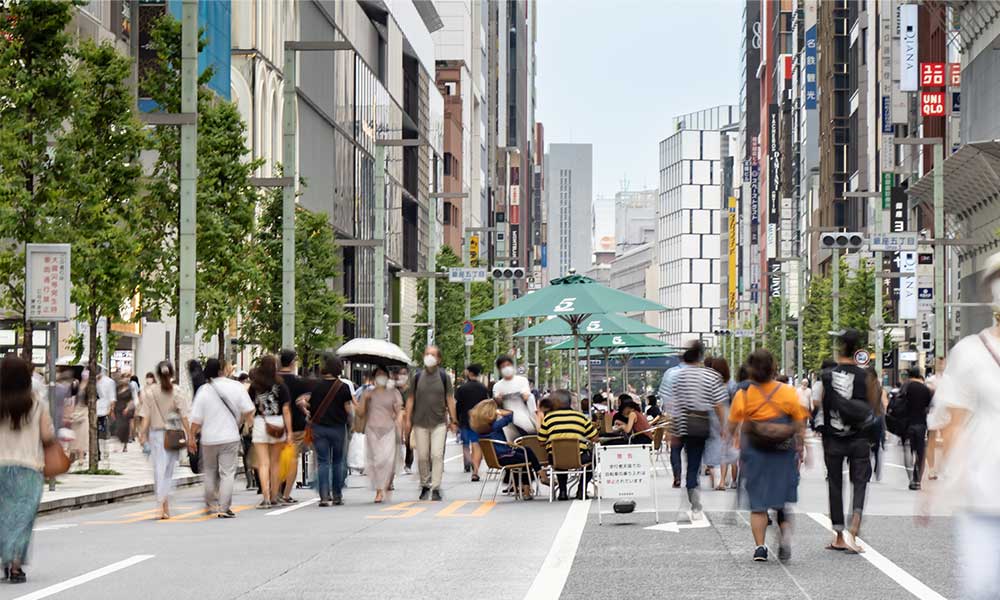
Chuo Ward is a fashionable town for adults, with long-established stores and the latest brands lining the streets.
Chuo Ward is an area with many high-rise buildings, fashion buildings, department stores, and other shops, centered around Ginza and Nihonbashi. It is the perfect area for shopping.
The Ginza area is an area with many luxury brand shops, department stores, and restaurants.
In Ginza 6-chome, you will find “GINZA SIX,” which opened in 2014. In addition to commercial facilities where you can enjoy luxury brands and gourmet food, it is a complex that also houses a Noh theater and offices.
In the center of Ginza, 4-chome, there are many department stores and restaurants, including Ginza Wako, marked by the clock tower that is the symbol of Ginza, Ginza Mitsukoshi, and Matsuya Ginza.
In the Ginza 5-chome area, there is Tokyu Plaza Ginza, which opened in 2016. It is a complex with 125 stores, mainly fashion and restaurants, and is popular for its stylish exterior.
The Nihonbashi area is home to many department stores, complexes, office buildings, art museums, and shrines. Coredo is made up of five high-rise buildings, “COREDO Nihonbashi and “COREDO Muromachi 1, 2, 3, and Terrace,” and is a complex that houses many offices as well as fashion and restaurants.
The area is also home to long-established department stores such as Nihonbashi Mitsukoshi and Nihonbashi Takashimaya.
The Tsukiji/Harumi area is also home to Tsukiji Outer Market, a shopping street lined with seafood retailers and restaurants, and Harumi Triton Square, a complex lined with detached houses reminiscent of a Southern European townscape.
There are countless stylish restaurants and stores where you can buy clothes, making it a very fun area to shop in.
Prices are high and there aren’t many cheap discount supermarkets.
How about jobs and recruitment in Chuou Ward?
Chuo Ward, home to some of Japan’s leading companies
The average annual salary in Chuo Ward is 7.12 million yen (as of 2021).
This area is home to many major companies and bank headquarters, mainly in the Nihonbashi and Kyobashi areas. With enough effort, you can find high-paying jobs.
This area is also home to many restaurants and fashion buildings, so you will easily be able to find part-time sales and service jobs.
Chuou Ward’s unique subsidy/subsidy system
Chuou Ward, Tokyo’s unique housing assistance and subsidy system
| Housing Security Benefit Subsidy for the Safe Residence System Subsidy for rent guarantee system Facilitating loans for housing repairs, etc. Subsidy for renovation of common areas in condominiums |
Chuou Ward, Tokyo’s unique childcare support system
| Chuo Ward Children’s Learning and Lifestyle Support Project |
Chuou Ward, Tokyo’s unique system for further education and tuition assistance and subsidies
| School attendance assistance and encouragement Subsidy system for foreign parents of students at Chuo Ward’s foreign schools |
























